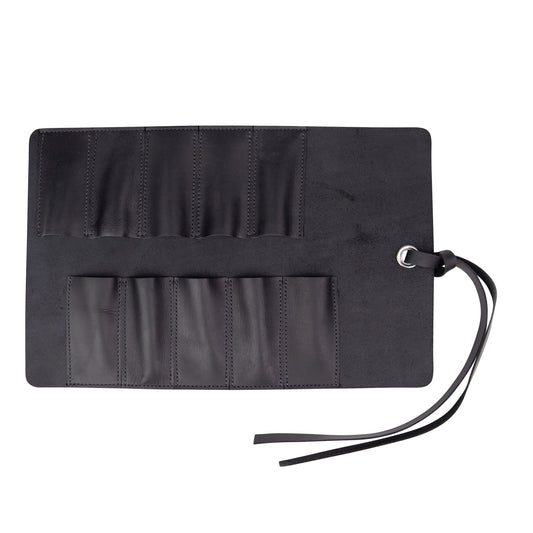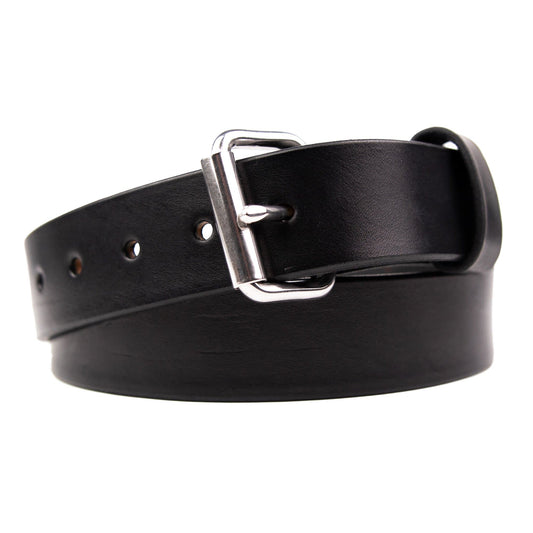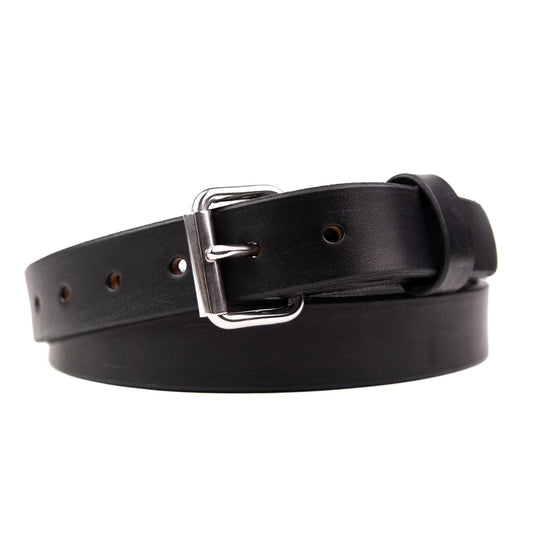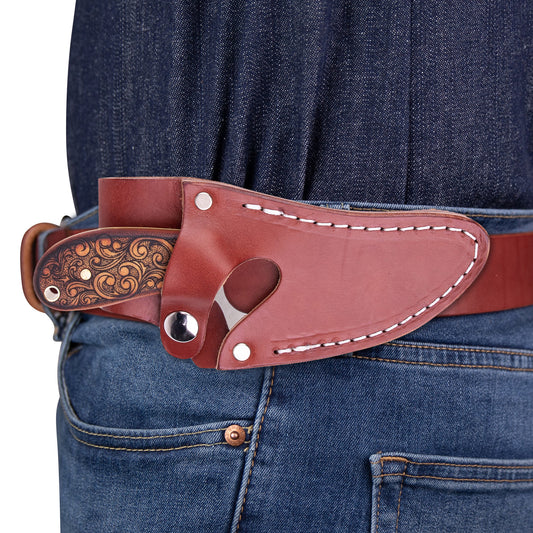Hillclimb motorcycle racing is one of the oldest motorsports in the world, dating all the way back to the early 1900s. Hillclimb racing has garnered a dedicated following over the years and has stayed a very purist sport. There have been no significant changes since its creation and its origins are very interesting. So today, let’s take a trip down memory lane and remember some of the great riders as well as the amazing sport of Hillclimb racing.
Origins of hillclimb racing
Hillclimb racing began in the early 1910s through 1920s, as both cars and bikes started to become a lot faster. As the racers' enthusiasm and passion for the sport started growing, they started looking for new ways to satisfy their racing desires. This need became all the more apparent with the decreasing popularity of board track racing. Racers sought new ways to challenge both themselves and their machines.
How it all began...
As with many motorsports, it all began with a company looking to show off their impressive machines. Hillclimb racing in the early 1900s wasn’t so much a sport as it was a glorified exhibition. Motorcycle manufacturers would find the steepest hills and the most daring riders willing to climb them. They would then test their machines in front of a small crowd of motorcycle enthusiasts as a promotional event.
That is not to say that it was in any way easy! The bike’s power aside, the rider had to be experienced enough to navigate a steep slope. Indian Motorcycles was one of the most famous manufacturers at the time and racers riding their bikes up steep hills attracted crowds. Before long these exhibitions grew into a sport for thrill seekers, and manufacturers started crafting motorcycles specifically designed for climbing steep hills. Harley Davidson also made its way into the sport by 1910 followed by Triumph and others. What was once an exhibition was now manufacturers competing with factory-supported race teams.

Growing popularity
After the initial avid reception of fans and dedicated enthusiasts, the world was soon engulfed in the First World War. Manufacturers shifted their focus during the war which lead to a severe reduction in production of consumer goods. When the war was finally over, however, manufacturers came back, this time more determined than ever.
In the 1920s the sport managed to really take off, with manufacturers making improved bikes and spectators seeing brand new records being set. Hillclimb racing became a way for the big three — Excelsior, Indian, and Harley Davidson — to show off. The rise of hillclimbing’s popularity likely contributed the the demise of board track racing.
The decline of board track racing
Board track racing was another incredibly popular motorsport that pitted some of the best racers against each other on a banked, circular or oval wooden track. But as bikes got faster, the board tracks just couldn’t handle the speed — vibrations where literally shaking the structures apart. The wooden tracks would sometimes chip or break off entirely during a race, even leading to casualties among riders and the audience. Although it was eventually shut down, it made a comeback in the form of dirt track racing throughout the U.S.
With board track racing becoming dangerous for the audience, they started to move onto a relatively safer and much more thrilling experience — hillclimbing. It was easy to see the spectacle at a safe distance as riders battled up a hill in front of them. With the massive board track audience moving towards this somewhat new sport, the AMA decided to sanction proper events for hillclimbing making it a dedicated sport at the national level.
The AMA (American Motorcycle Association) held the National Championship Hillclimb for three years in a row in 1929, 1930, and 1931. During these years, both Excelsior and Indian Motorcycles fought for these championships, with Indian taking two of the three championships and leaving Harley Davidson off the podium. Of course these good days were very short-lived, as the Great Depression started.

The Great Depression
The Great Depression was one of the lowest points for the hillclimb sport and the United States in general. Excelsior closed down its Chicago factory in the early 1930s as a result of the hard times and Indian Manufacturers were only operating at around 5% capacity. Harley Davidson also fell victim to this tough economic setback, facing one of the worst sales periods ever.
Despite the Great Depression being a grave concern for manufacturers, they were still focused on winning top honors in their respective sports. These races became a means for survival for both the racers and the companies.
Today’s hillclimbing
Despite all it has been through, hillclimb racing has managed to survive. After both the Great Depression and the Second World War, the sport managed to make a comeback and garnered a lot of traction through the 1980s. By the early 2000s, hillclimb had once again waned and the sport almost died out completely while the AMA was focusing on other motorsports. Thankfully we are seeing a resurgence in this form of racing with more grassroots efforts popping off with racer and fan based initiatives breathing new life into the sport. Even Indian Motorcycles, which had been defunct for many years, is back at it! So, all in all, hillclimb racing is alive and well and has even made its way to the icy mountains of Antarctica and becoming a major part of the X games!
If you have not witnessed this type of racing, it's worth the effort and sure to bring a smile to anyone that knows what a white-knuckle grip is!






